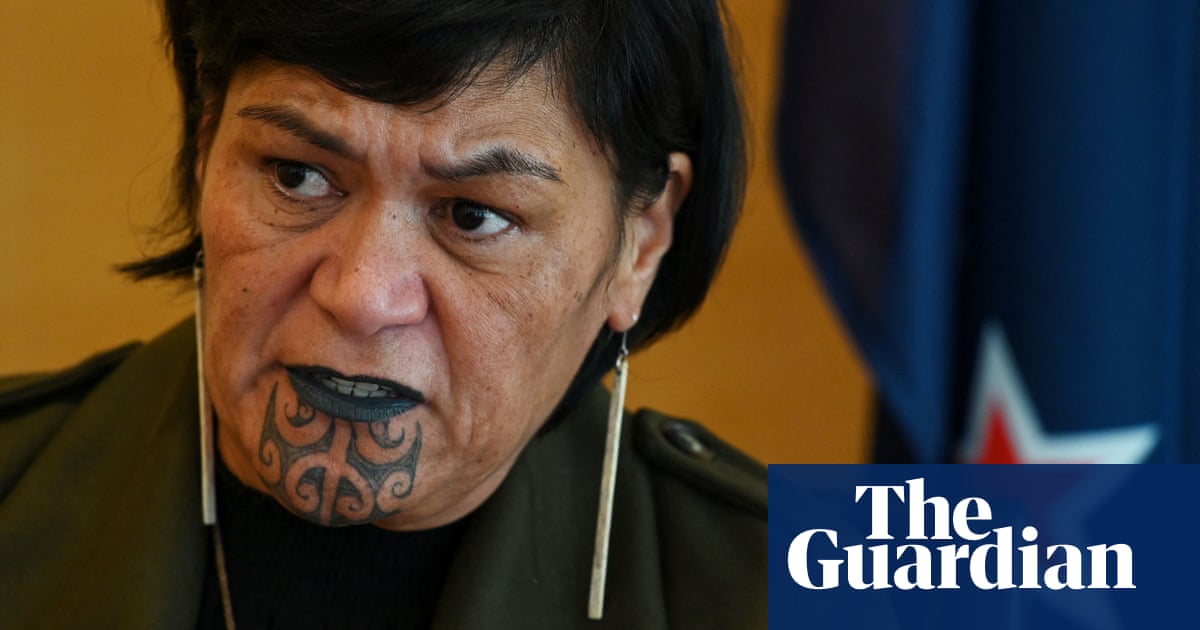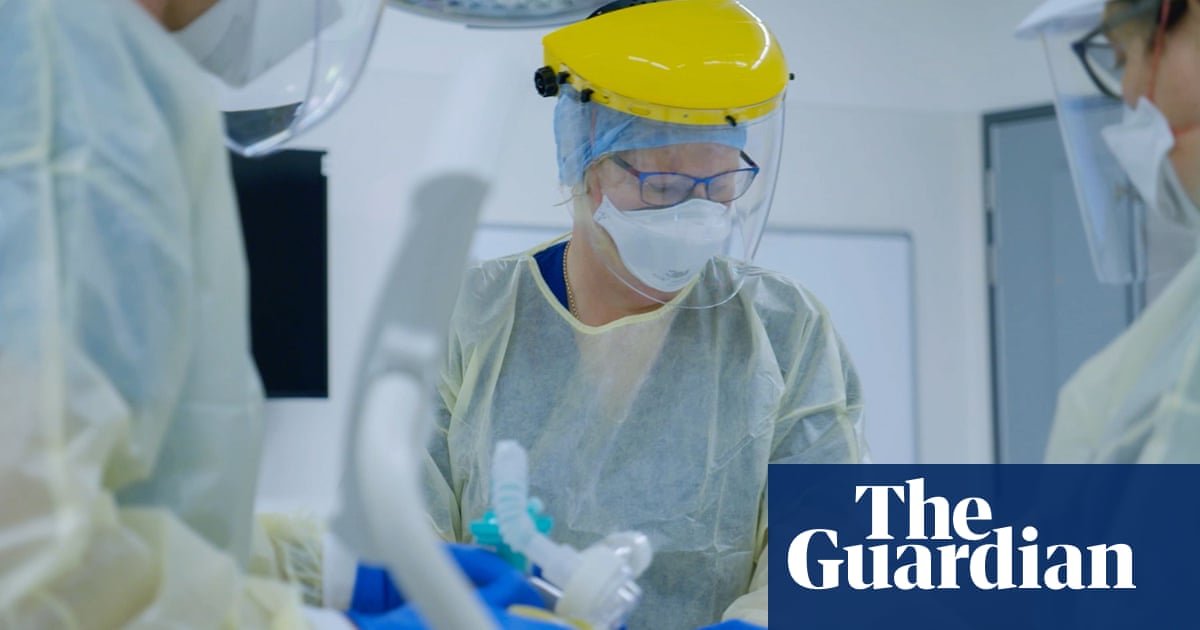
by Eva U Wagner
NEW ZEALAND – National Party Conference
#6/23
3 July 2023
The National Party of New Zealand held its 87th Annual Conference from 23 to 25 June in Wellington. Party Leader Christopher Luxon and Deputy Party Leader Nicola Willis gave their keynote speeches in front of several hundred participants, pledging to bring New Zealand ‘back on track’ if elected at the general elections scheduled to take place on 14 October, that is, in less than 100 days from now on. They promised to do so primarily by fixing the economy, restoring law and order, delivering better health and education, and by building infrastructure.
In his keynote speech, Party Leader Luxon launched inter alia National’s new law and order policies, arguing that, in the last five years, violent crime had increased by 33%, retail crime had doubled, and gangs were growing faster than police. In response, he announced his party would impose tougher sentences for gang violence, limit the room for courts to reduce the sentences of repeat offenders, and redirect more funding to victim support. Deputy Leader Willis inter alia emphasized the risk of a ‘mortgage bomb’ looming as a result of the ongoing high inflation. Many homeowners, she said, would have to move of a loan with a 2 to 3% interest rate to one with 6 to 7% interest rate, which in turn could shudder the economy. Being re-elected as President of the National Party, Sylvia Wood noted that the upcoming election would the most crucial election in their lifetimes. She encouraged the delegates to forget about the polls, and to focus on 3 things that would ‘make the difference’, namely to stick to the party values, to focus the campaign on party votes and to ensure the best ‘ground game’ by having as many volunteers as possible to help forge personal relationships with voters.
On the sidelines of the conference, one participant voiced their concern about so-called ‘co-governance’ in New Zealand (see for example Explainer – What is co-governance for more information). There was a rising number of bodies to which indigenous representatives were appointed rather than elected. Media also report that earlier this year, New Zealand’s most populous city of Auckland (more precisely its health boards) had introduced a surgery waitlist tool that prioritises Maori and Pasifika people. Supporters of the tool reportedly argued that the beneficiaries of the tool had not generally had the access to surgical services at the rate to be expected. The use of ethnicity as a criterion has provoked fierce political debate in New Zealand. This tool, alongside other approaches to racial inequality, are likely to be a strongly contested subject in the upcoming election. The National Party and its traditional coalition partner, the ACT Party, are opposed to the tool and pledged to revoke it if elected. Prime Minister Chris Hipkins from the Labour Party asked the health minister to look at the criteria “to make sure that there is a reassurance that we are not replacing one form of discrimination with another”.
Turning to the upcoming general elections, the latest Roy Morgan Research polls taken in May see the National Party at 31.5% (down by 0.5%), closely followed by the Labour Party at 31% (up by 1%). The National Party’s preferred coalition partner, the ACT Party, achieved 13.5% (up by 1%), whilst the Labour Party’s coalition partner, the Green Party, remained at 12%. Support for the NZ First Party fell to 3.5% (down by 1%) – not enough to win seats in the next Parliament. The pollster concludes that neither Labour/Greens nor National/Act NZ would have enough support to form a majority Government later this year. The party in the box seat to determine the next Government, we are told, was the Maori Party, unchanged at 4.5%.
By comparison, the latest Talbot Mills polls carried out in June show that the Labour Party has overtaken the National Party again. More precisely, Labour polled at 36% (up by 3%), while National ranks at 35% (down by 1%), followed by ACT at 11% (up by 1%) and the NZ First Party at 2.9%. Prime Minister Chris Hipkins from the Labour Party remains the preferred prime minister at 38% percent (up by 6% and nearly back at the 39% he achieved in the beginning of the year), followed by National Party Leader Christopher Luxon at 22%, and David Seymour from the ACT Party at 12%. The NZ Herald suggests that the result shows some approval for last month’s budget offerings. The polls were taken between 30 May and 6 June as part of a series of monthly polls taken by the pollster for its corporate clients. For the sake of transparency, it is noted that they also conduct internal polls for the Labour Party.
In the meantime, PM Hipkins has concluded his visit to China, where he held talks with President Xi Jinping, and continued to “walk an increasingly fine line” with the country. His visit was preceded by Foreign Minister Nanaia Mahuta’s visit earlier this year, who back then raised deep concerns over human rights, Hong Kong and Taiwan.
In sum, the race for the new government of New Zealand remains a close call.


/cloudfront-ap-southeast-2.images.arcpublishing.com/nzme/KXFBFEG4WFG5ZAJSJNB764YQR4.jpg)
/cloudfront-ap-southeast-2.images.arcpublishing.com/nzme/RR3PKMBAZRCWBF547IQ7AEPTTA.jpg)
/cloudfront-ap-southeast-2.images.arcpublishing.com/nzme/KXFBFEG4WFG5ZAJSJNB764YQR4.jpg)
/cloudfront-ap-southeast-2.images.arcpublishing.com/nzme/P52Z2YJHLFCSFGF5TUC6GHEFIA.jpg)

